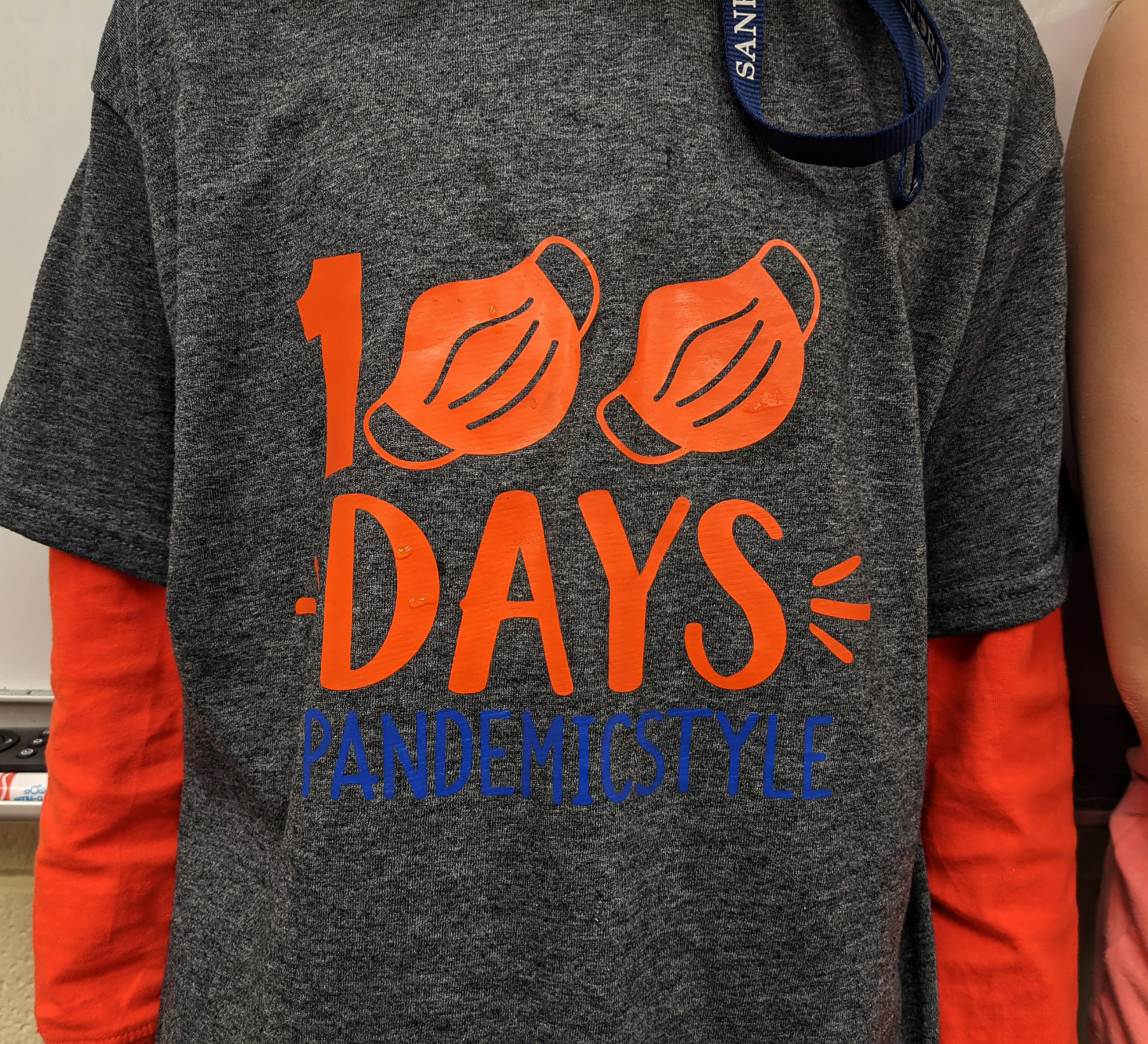 ,
, 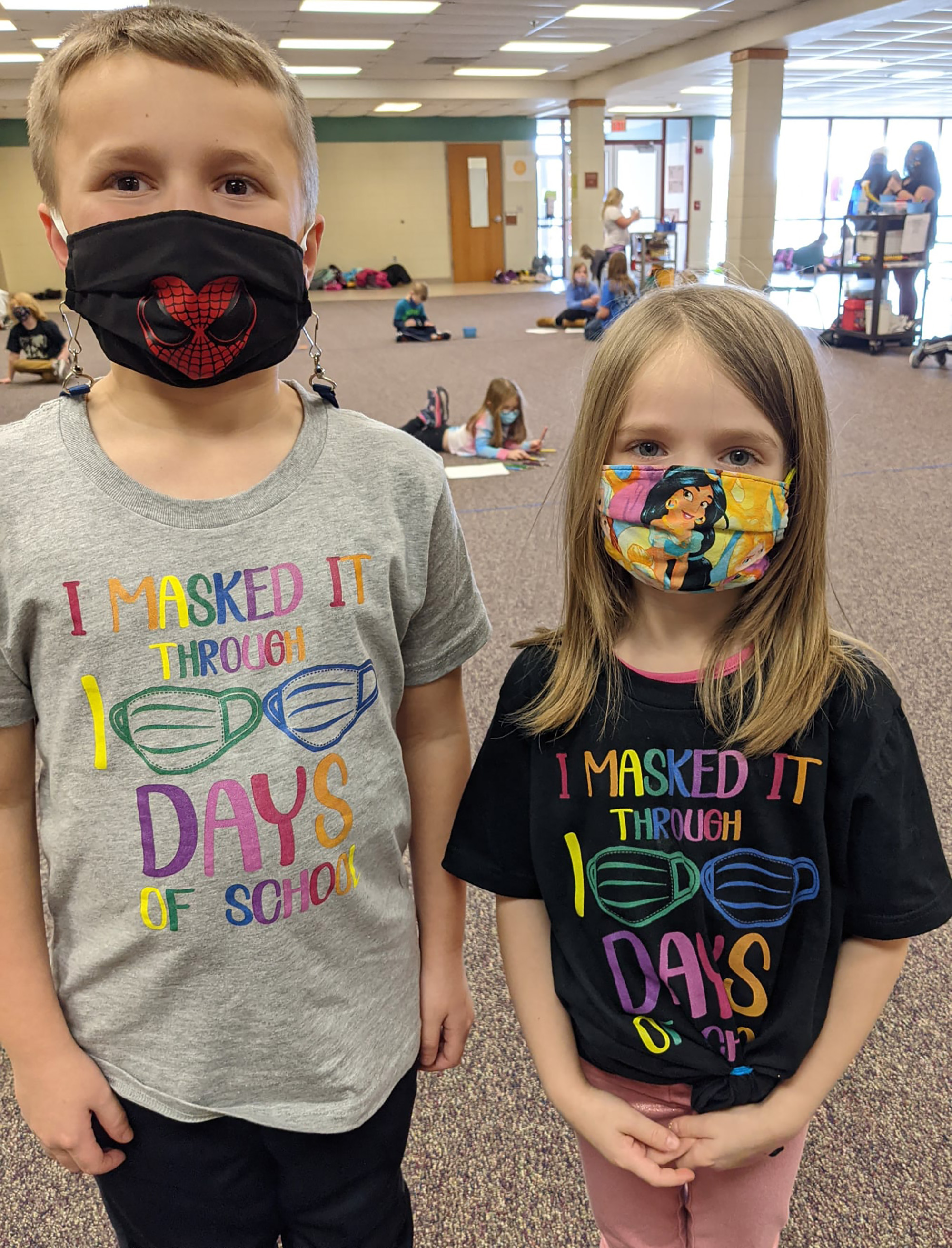 ,
, 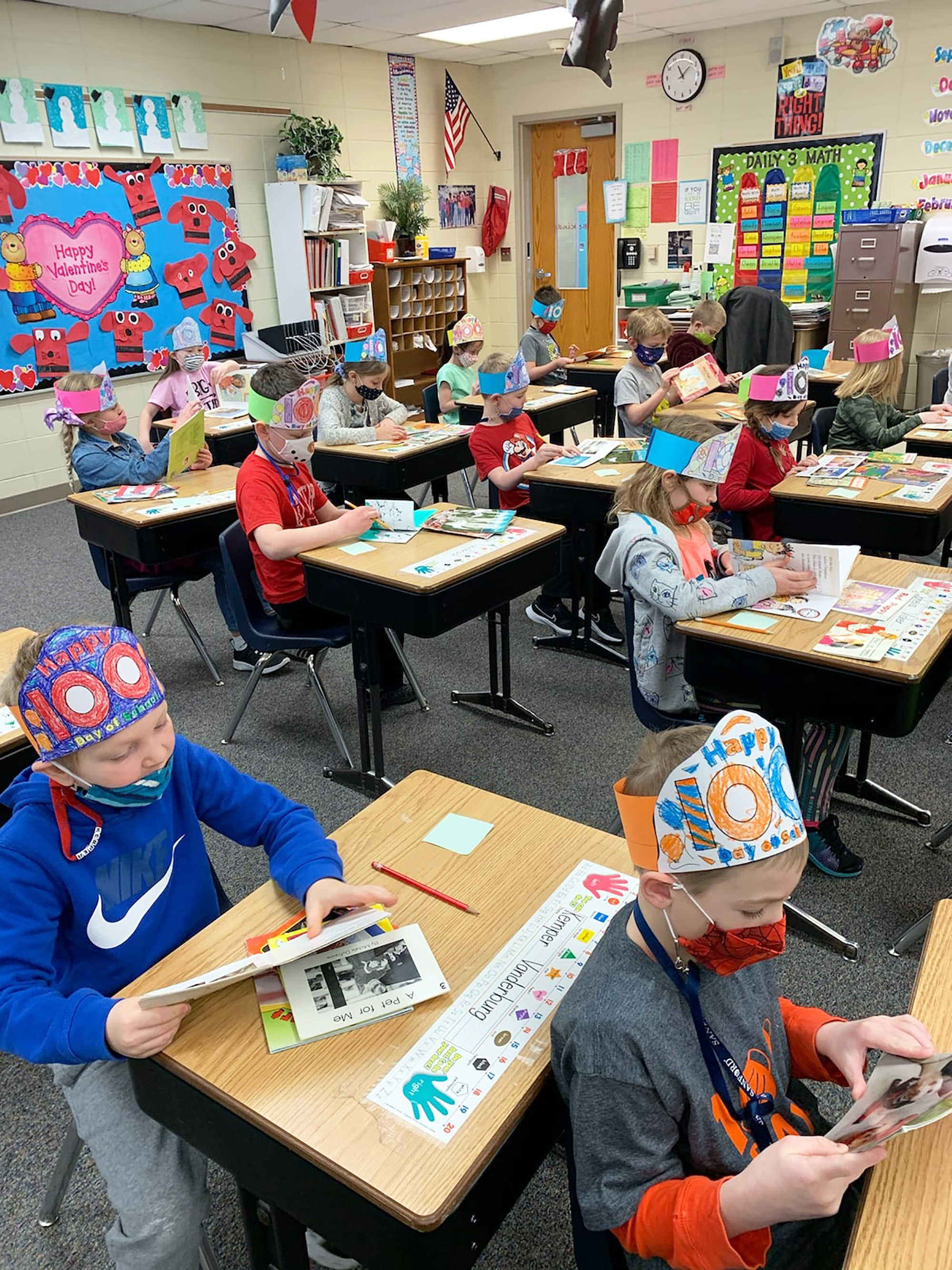 ,
, 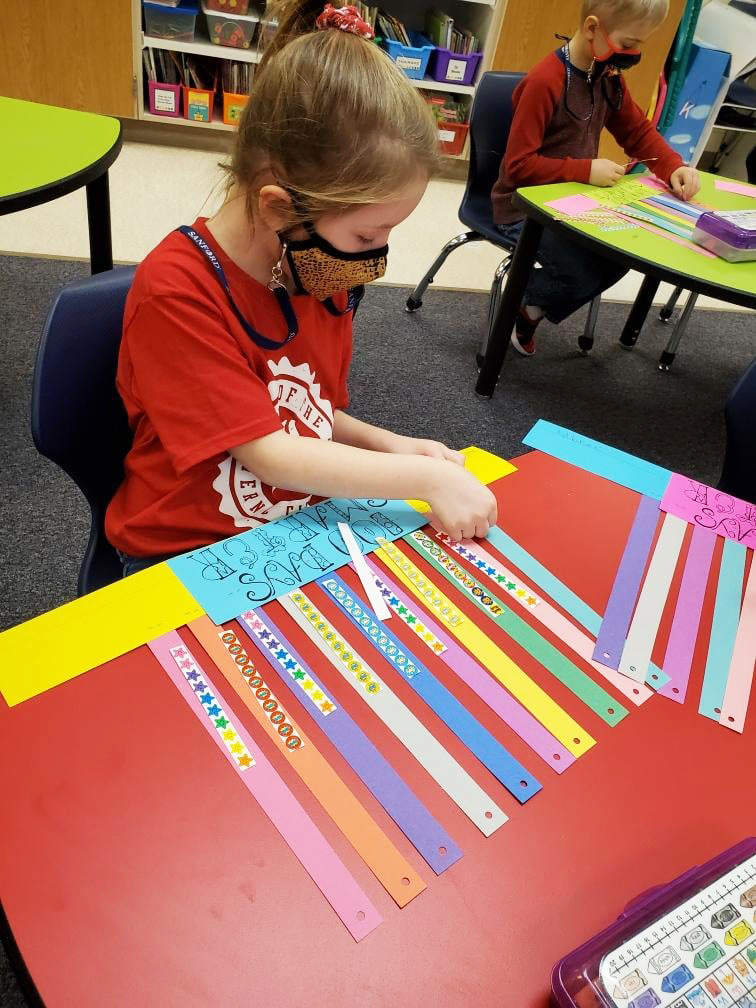 ,
, 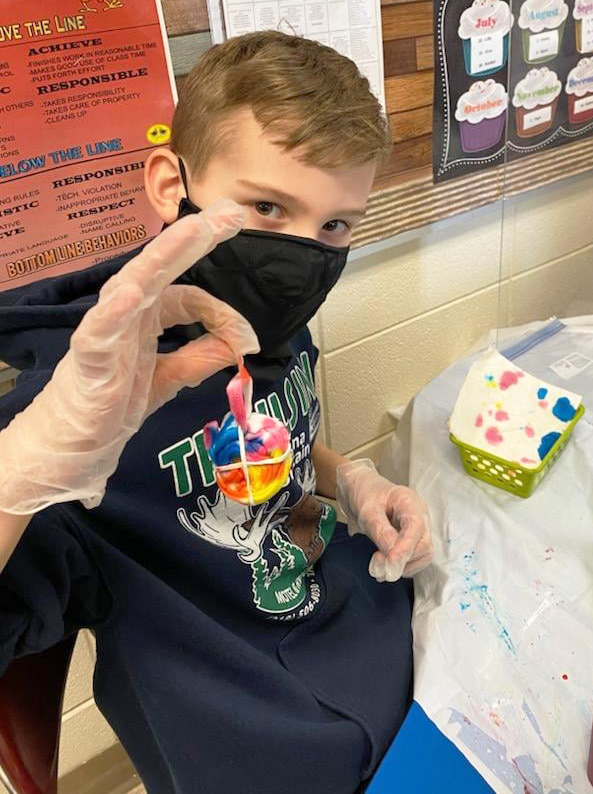 ,
, 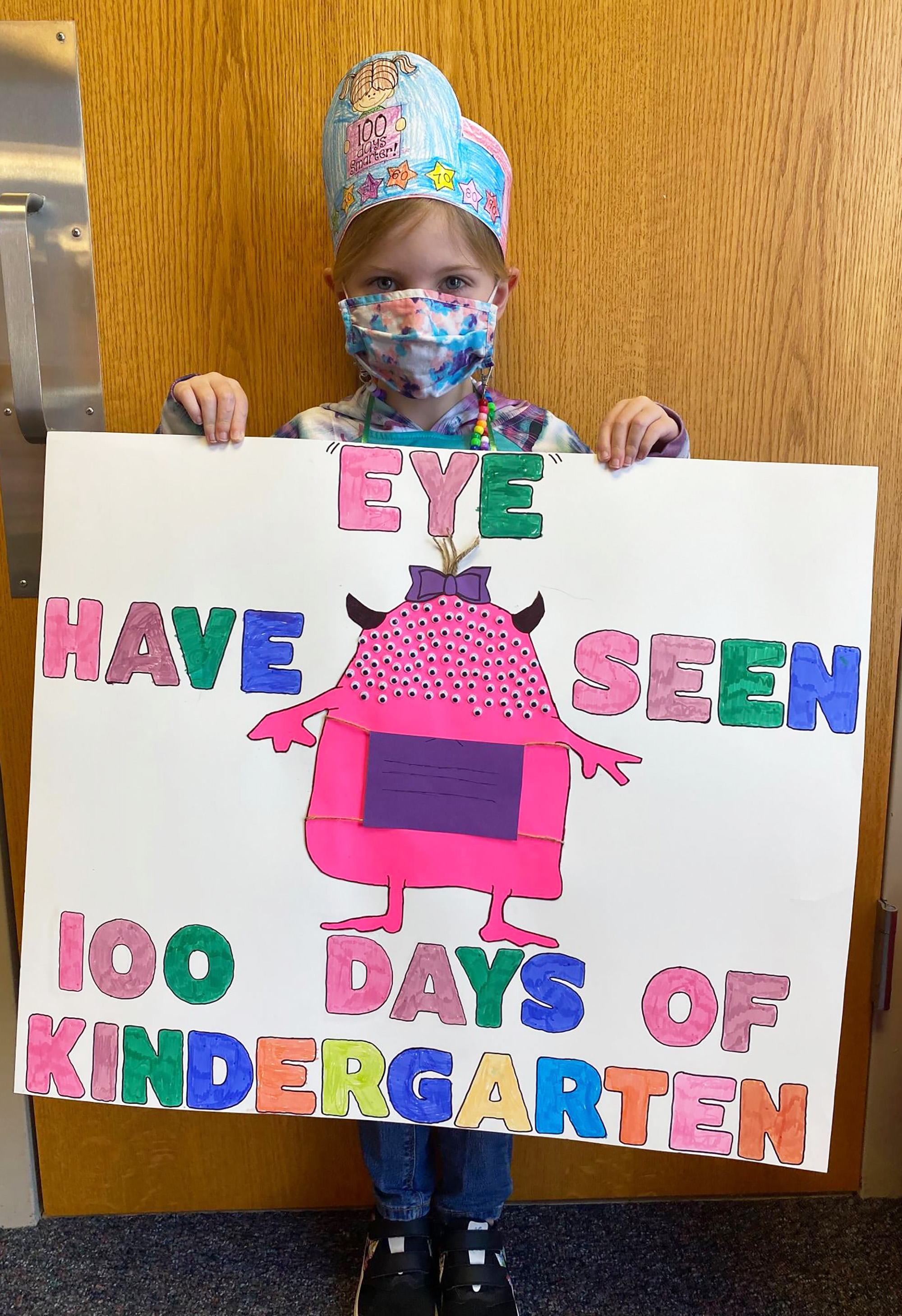 ,
, 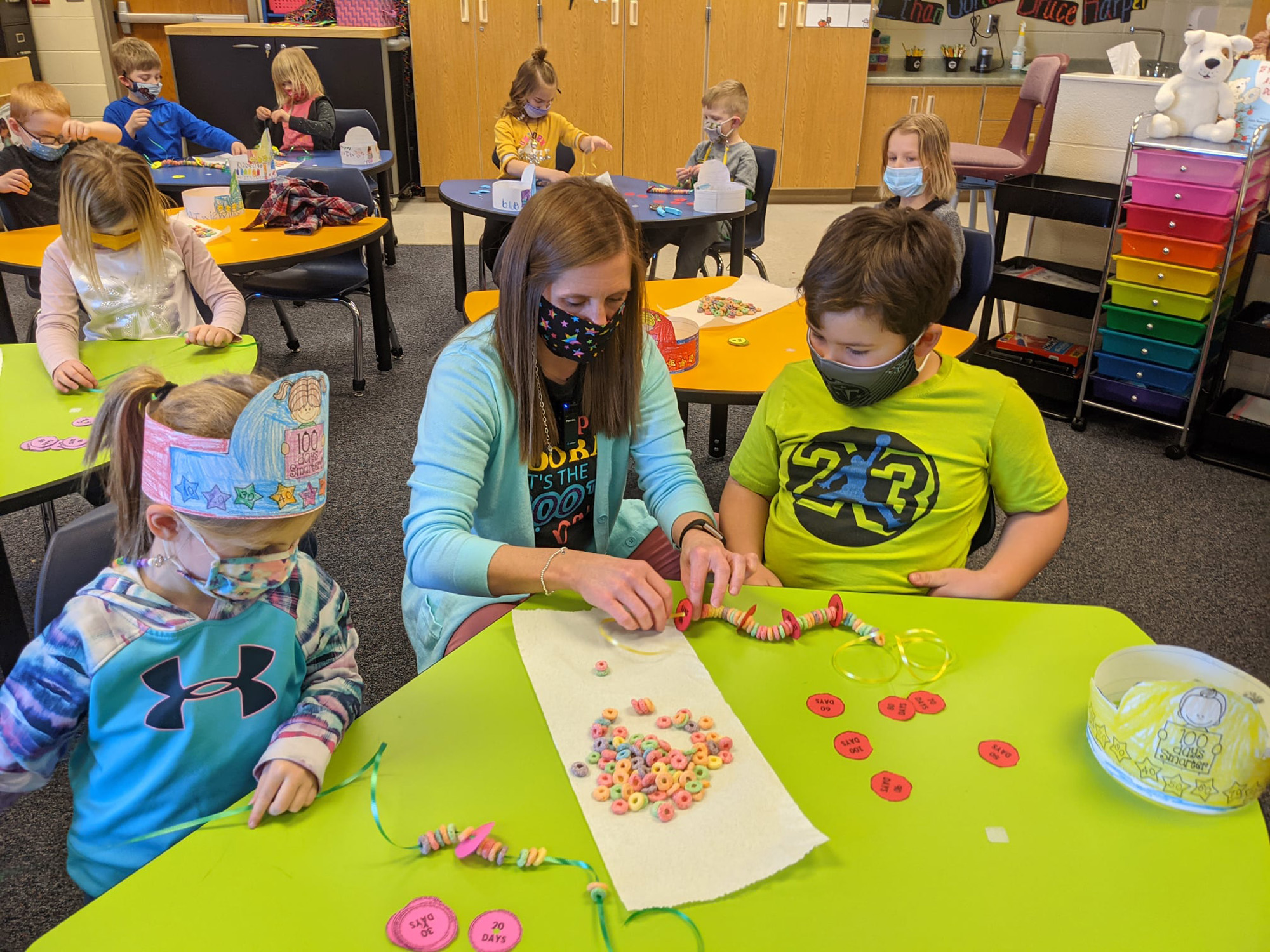
Feb. 18 marked the 100th day of the 2020-21 school year at Luverne Public Schools, and staff and students couldn’t be happier.
Elementary students resumed in-person instruction after the Christmas break, and middle school and high school students ended distance-learning classes on Jan. 26.
It marked the first time in 317 days that all 1,200 students were together on the school campus since the coronavirus pandemic started in March 2020.
The results so far have been healthy.
As elementary students celebrated the 100th day of school with various activities, administrators celebrated the COVID-19 weekly case update numbers that showed no reports of active cases.
All 93 confirmed cases tracked by the district since the pandemic started have recovered and no one is currently in quarantine.
“We are very excited about zero cases reported,” said Superintendent Craig Oftedahl Monday. “We really want to see this end, so we are trying to do our part by being safe in all school settings.”
Oftedahl praised students and staff for wearing masks while in school, at extra-curricular events and out in the public. He also commended people who practice social distancing and stay home when feeling ill.
“This is about doing the right thing and following the rules,” he said. “I believe our entire student body and our staff have done a great job.”
In-person learning used by one-fourth of schools
Luverne is among 29 percent of the 537 public and charter schools meeting entirely in person as reported to the state Department of Education.
Of the remaining 71 percent, 10 percent are in hybrid learning, 14 percent distance learning, and 47 percent are in a combination of in-person/hybrid or hybrid/distance learning.
The Luverne Middle-High School is coming off a combination of hybrid and distance learning since the start of school on Sept. 8 and has been in-person for almost a month
Teachers say they are relieved that the first 100 days of school are behind them.
“We survived, and I believe our students are stronger, more resilient because of it,” said middle school teacher Jodi Rops.
“Did we lose some learning opportunities in the classroom? Of course we did. However, I think of everything we all learned from it.”
‘Can we see actual learning loss?’
Administrators and health professionals worked to keep students and staff healthy amid pandemic conditions while still meeting state learning mandates.
Now that students are back in class, teachers are assessing what the various learning models have meant for student learning.
Jason Phelps, middle school principal and the district assessment coordinator, addressed School Board members about student achievement in a Feb. 10 workshop.
“One of the common questions out there is how schools have been affected by the change in learning models and if we actually have any information that we can see actual learning loss,” he said.
“If we look at the big picture … the idea that there is a huge loss from what we did last spring is probably not true.”
Minnesota schools closed in mid-March 2020 and resumed instruction March 29 under distance learning conditions and finished the 2019-20 school year with students learning at home.
Elementary teachers have seen some decline in the first-graders in benchmark tests when school reopened to in-person learning this fall.
Phelps said first-graders scored lower in naming letters and letter sounds.
Since returning to in-person instruction, the interventions appear to bring students closer to reading standards.
“Our in-person probably had an influence on that this year,” he said.
Attendance plays big influence in learning
Attendance is the major factor in class failure rates with middle and high school students. Instruction has been either by hybrid or distance until Jan. 26.
Three middle school students did not advance at grade level for the 2020-21 school year, which Phelps indicated is a “very rare” occurrence.
“That is 100 percent attendance related,” he said. “We didn’t have any more information to support passing them on to the next level.”
Middle school teachers use a standards-based grading system in which students demonstrate they understand and are ready to perform at the next level.
However, letter grades are issued at the high school level.
Phelps said in the fall of 2019, 36 students in grades nine through 12 received a failing grade in at least one class. That number jumped to 72 in the fall of 2020. Average daily unexcused absences jumped from an average of 3 to 14.5 over the same time period.
“A majority of high school failures are the lack of work completion,” he said. “If they are not in class, they are not able to demonstrate that they know the material.”
Phelps expects improvements at the middle and high school as in-person learning enters its second month when staff helps students set a plan to recover any missing credits.
“Overall the one overriding idea is that … being here in person is the most consistent method for teaching and learning,” Phelps said.
Educators will know more about potential learning gaps when the annual state reading and math assessment tests are completed this spring.
The state assessments were canceled last fall.


